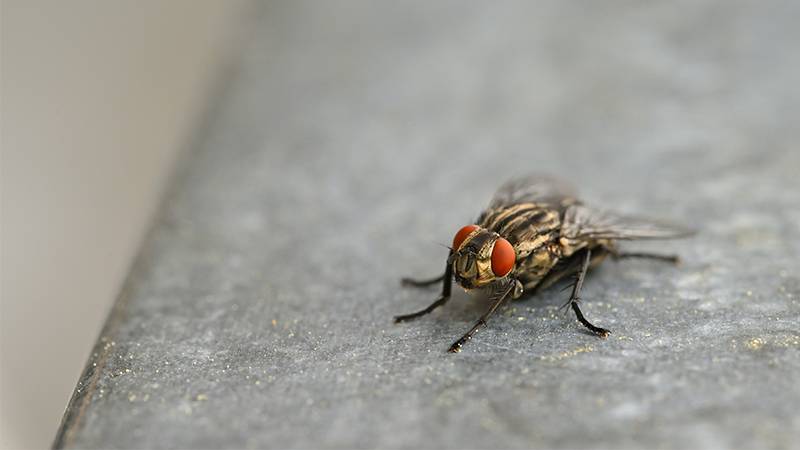Composting, a gardener’s gold, transforms our kitchen scraps and yard waste into nutrient-rich soil, promoting sustainability and enhancing soil fertility. But what happens when you notice the unwelcome presence of flies in compost?
It’s a common sight for many compost enthusiasts, raising eyebrows and concerns. Are these winged visitors a sign of an unhealthy compost pile, or are they just part of the natural process? In this article, we’ll delve deep into the world of composting, exploring the types of flies you might encounter, their impacts, and how to manage them, ensuring your compost remains a thriving ecosystem.
Identifying the Types of Flies in Compost
When diving into the realm of composting, it’s crucial to recognize the different types of flies that might inhabit your compost pile or bin. Understanding the variety can help in managing them effectively and maintaining a healthy composting environment.
Fruit Flies
Fruit flies, scientifically known as Drosophila melanogaster, are tiny insects, usually around 3mm in length, with red eyes and a tan or brownish body. They are particularly attracted to the sweet, fermenting odors of decomposing fruits present in compost.
These flies are notorious for their rapid reproduction rates and their ability to lay hundreds of eggs at a time, leading to swift infestations. While they aid in the decomposition process within compost, their presence can be irritating, and managing their numbers is crucial to maintaining a harmonious composting environment.
Houseflies
Houseflies, scientifically known as Musca domestica, are a prevalent species, larger than fruit flies, usually exhibiting a grey patterned body and red compound eyes. They are attracted to a myriad of organic waste in compost, especially decomposing food and animal waste.
Houseflies are infamous for being vectors of numerous diseases, as they can transfer pathogens from the decaying matter in compost to human habitats, posing potential health risks. Managing their presence is vital to maintain sanitary conditions around composting areas and homes.
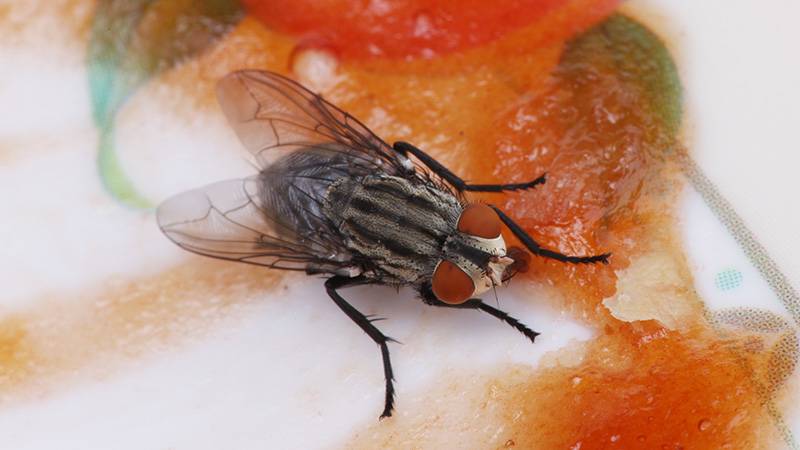
Fungus Gnats
Fungus Gnats, belonging to the Sciaridae family, are minute, usually displaying dark, delicate bodies with long legs and antennae. They flourish in damp environments, being particularly attracted to composts rich in moisture and organic matter. Fungus Gnats are known for feeding on fungi, plant roots, and organic material in the compost.
While they play a role in decomposition, their larvae can harm plant roots, and their presence often indicates overly wet conditions, signaling the need for improved compost management to prevent detrimental impacts on plant health and compost quality.

Read More:
Drain Flies
Drain Flies, scientifically classified as Psychodidae, exhibit fuzzy, moth-like bodies with broad, rounded wings, usually gray or tan in color. They are drawn to composts with excessive moisture and decomposing organic substances. Known for their affinity for damp environments, Drain Flies are indicators of overwet conditions and potential drainage issues in compost systems.
While they contribute to breaking down organic matter, their presence necessitates immediate attention to moisture levels to maintain a balanced and efficient composting process.
Are Flies in Compost Good or Bad?
Flies in compost can evoke mixed feelings among composting enthusiasts. While their buzzing presence might seem unwelcome, understanding their role can offer a nuanced perspective on their existence in our compost bins and piles.
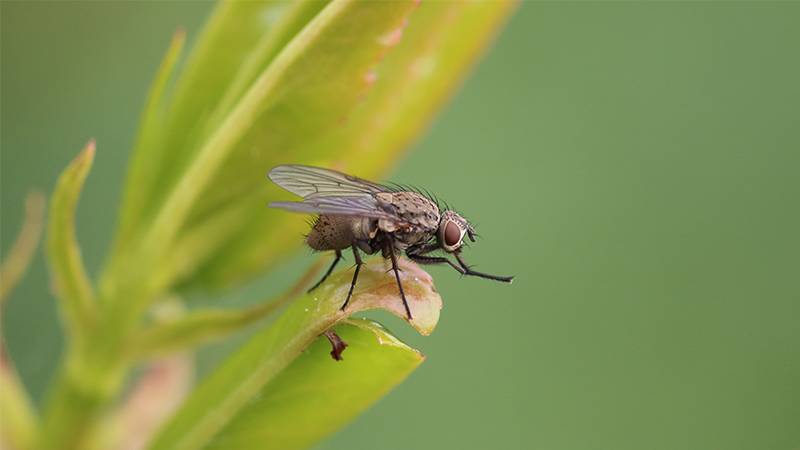
Beneficial Aspects of Flies
Flies, particularly species like soldier flies, play a crucial role in the composting ecosystem. Their larvae are voracious consumers of organic waste, aiding in the rapid decomposition of organic matter and contributing to a richer, more nutrient-dense compost. This process is vital for soil health, as it recycles nutrients back into the soil, promoting plant growth and sustainability.
The presence of flies can also indicate a thriving and balanced compost environment, where decomposition is occurring efficiently.
Detrimental Impacts of Flies
However, not all is rosy in the world of composting when flies are involved. Some flies, like houseflies, are known carriers of diseases, transferring pathogens from the compost to our homes, posing potential health risks.
Additionally, the presence of certain flies like fungus gnats can signify imbalances in the compost, such as excess moisture, which can lead to unpleasant odors and inefficient decomposition. Managing these imbalances is crucial to maintaining optimal composting conditions and preventing the detrimental impacts of flies on our compost and our lives.
While flies have their benefits in the composting process, contributing to decomposition and soil health, their potential to carry diseases and indicate composting imbalances necessitates careful management and attention to composting practices. Balancing the beneficial aspects with the detrimental impacts is key to successful and harmonious composting.

Read More:
Reasons Why Flies Are Attracted to Your Compost
The presence of flies in compost is a common occurrence, and understanding the reasons behind their attraction can aid in effective compost management and maintenance of a healthy composting environment.
Decomposition and Odor
The decomposition of organic waste is a natural process in composting, producing odors that are highly attractive to flies. As organic matter breaks down, it releases compounds and aromas, signaling to flies the availability of suitable food sources and breeding grounds. This decomposition and the resultant odors are integral to attracting various fly species to the compost bin or pile, making it a hub of activity in the composting ecosystem.
Excess Moisture
Moisture is another significant factor drawing flies to compost. A compost pile with excess moisture creates a conducive environment for flies to thrive, especially for species like drain flies and fungus gnats. Moist conditions are ideal for the breeding and development of fly larvae, providing them with the necessary resources to grow. Balancing moisture levels is crucial to avoid creating a haven for flies and to maintain efficient decomposition and nutrient recycling in the compost.

Read More:
10 Strategies to Prevent Flies in Compost
1. Maintain Proper Aeration
Ensuring adequate airflow within the compost pile is crucial. Proper aeration accelerates the decomposition process and reduces the odors that attract flies. Regular turning and mixing of the compost pile can ensure proper aeration, making the environment less appealing to flies and preventing the creation of breeding grounds.
2. Balance Green and Brown Materials
A balanced mix of green (nitrogen-rich) and brown (carbon-rich) materials is essential. An imbalance, especially an excess of green materials, can lead to odorous decomposition, attracting more flies. Maintaining the right mix minimizes odors and fosters a healthy composting process, enriching the compost with essential nutrients.
3. Manage Moisture Levels
Excessive moisture creates ideal breeding conditions for flies, especially for species like drain flies and fungus gnats. Maintaining optimal moisture levels by adding dry brown materials and avoiding overwatering can help in controlling fly populations and ensuring efficient decomposition and nutrient recycling in the compost.
4. Use Tight-Fitting Lids and Covers
Employing tight-fitting lids or covers on apartment compost bins can effectively prevent flies from accessing the compost. This physical barrier not only deters flies from laying eggs but also helps in controlling odors, reducing the attraction for flies and other pests, and maintaining sanitary conditions around composting areas.
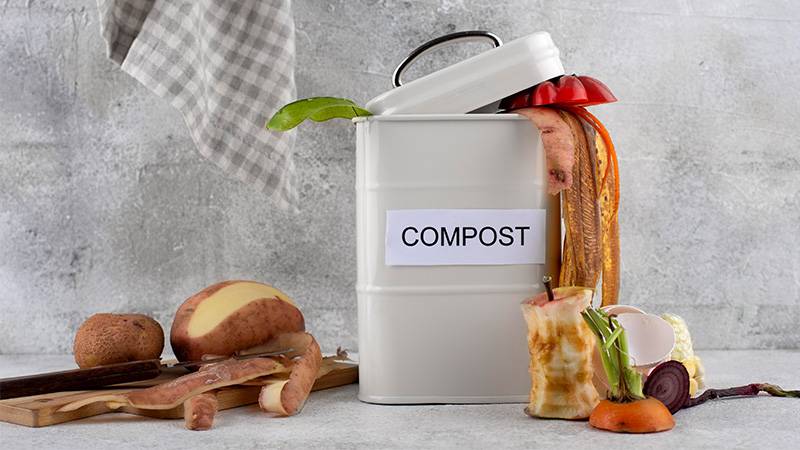
5. Bury Food Scraps
Burying food scraps under a layer of brown materials can significantly reduce the attraction for flies. This method helps in controlling odors released during decomposition and prevents flies from accessing the food materials, thereby reducing the chances of infestation and maintaining a balanced and harmonious composting environment.
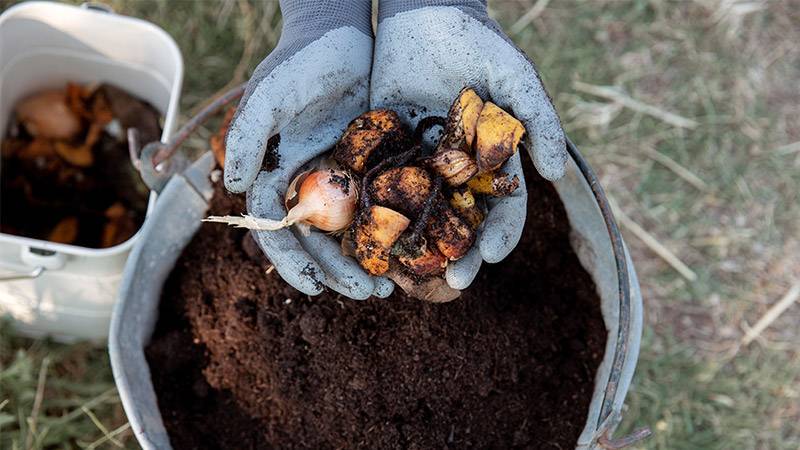
6. Install Fly Traps
Placing fly traps near compost areas can help in reducing fly populations. These traps attract and capture flies, preventing them from laying eggs in the compost. Regularly maintaining and replacing the traps ensures continuous protection and helps in monitoring the level of fly activity around the composting area.
7. Apply Diatomaceous Earth
Sprinkling diatomaceous earth on the compost pile can deter flies. This natural powder damages the exoskeletons of flies, causing dehydration and death. It’s a non-toxic method to control flies and other pests, but it should be used cautiously as it can also affect beneficial insects in the compost.
8. Use Citrus Peels
Adding citrus peels to compost can act as a natural deterrent for flies. The strong scent of citrus is unpleasant to flies and can help in keeping them away. However, use them sparingly as excessive amounts can alter the compost’s pH levels, affecting the decomposition process adversely.
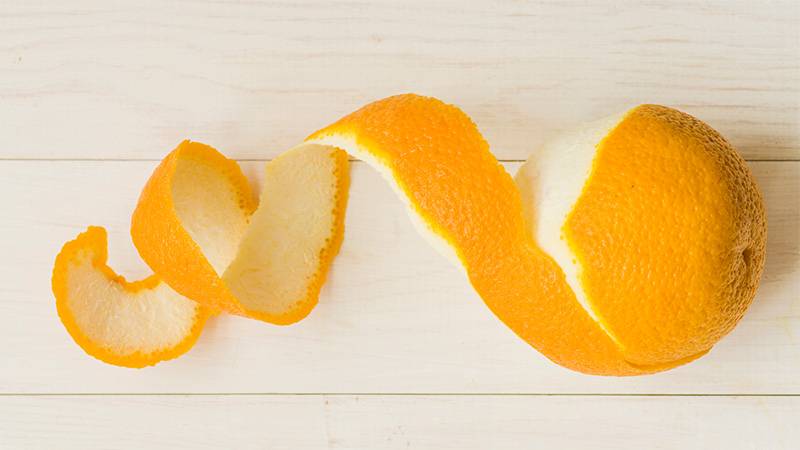
9. Maintain Compost Temperature
Managing the temperature of the compost pile is crucial. A hot center is a sign of healthy composting activity and can deter flies by creating an inhospitable environment for their larvae. Regular turning and proper balancing of materials can help in maintaining the right temperature, preventing fly infestations.
10. Regularly Harvest Compost
Regularly harvesting finished compost prevents overaccumulation of decomposed material, reducing the attraction for flies. Removing finished compost also promotes aeration and helps in maintaining the balance of green and brown materials, ensuring a continuous and efficient composting process and minimizing the chances of fly infestations.
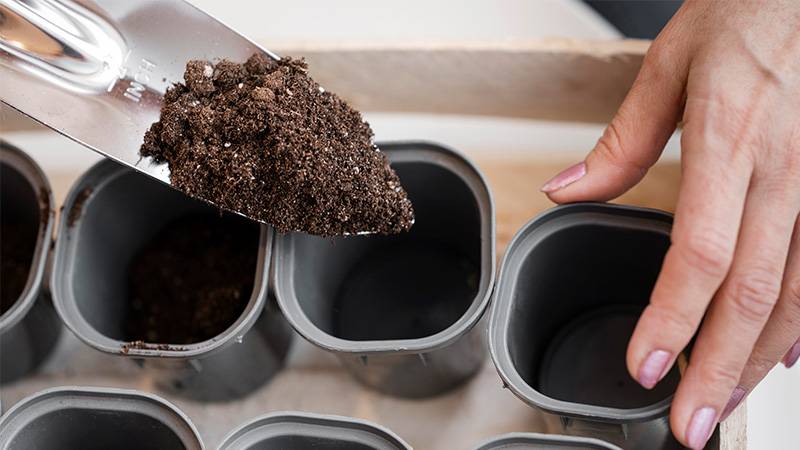
Effective Ways to Get Rid of Flies in Compost
When flies have already set up residence in your compost, taking swift, effective action is crucial to regain control and restore balance to your composting environment.
Natural Predators
Leveraging the power of biodiversity can be a game-changer in controlling fly populations in compost. Introducing beneficial predators like ladybugs and nematodes can significantly reduce fly larvae, disrupting their lifecycle. These natural predators maintain the ecological balance in the compost, enhancing decomposition and nutrient recycling, and ensuring the overall health of the compost ecosystem.
Traps and Baits
Employing traps and baits is another practical approach to manage fly infestations. Fly traps attract and capture adult flies, preventing further breeding, while baits can target both adult flies and larvae.
Regular maintenance and replacement of traps and baits ensure continuous protection and effective reduction of fly populations in composting areas.
- Fly Traps: Capture adult flies and reduce breeding.
- Baits: Target and eliminate both adult flies and larvae.
By utilizing natural predators and implementing effective traps and baits, you can combat fly infestations, protect your compost from detrimental impacts, and maintain a harmonious, productive composting experience.
Conclusion
Flies in compost play a dual role, being both beneficial contributors to nutrient recycling and potential carriers of diseases. From the common housefly to the beneficial soldier fly, understanding their nature and habits is crucial in managing their presence effectively. Balancing green and brown materials, maintaining proper aeration, and employing preventive measures can create a harmonious composting environment.
Whether you are a seasoned composter or a beginner, implementing the strategies discussed can help you manage flies efficiently, ensuring your compost remains a thriving ecosystem. Let’s embrace responsible composting practices and contribute to a sustainable, eco-friendly world. Keep composting and let’s make our world greener, one compost bin at a time!
